Carbon Dioxide Removals
The IPCC defines CDR as a set of “anthropogenic activities removing CO2 from the atmosphere and durably storing it in geological, terrestrial, or ocean reservoirs, or in products.”
Given their potential to generate 'negative emissions,' the expansion of these activities has garnered considerable attention from scientists and policymakers aiming to diminish atmospheric CO2 concentrations.
Attaining net zero emissions, and ultimately achieving net negative emissions, necessitates the establishment of public confidence, the implementation of new policies, and the upscaling of various CDR techniques. To have at least a 50% chance of capping global warming at 1.5°C with minimal or no overshoot, feasible trajectories indicate a requirement for 20-660 gigatons of net negative CO2 emissions by 2100, implying that the deployment of gross CDR will likely need to exceed this range.
CDR methodologies differ significantly in how they extract CO2 from the atmosphere, where the carbon is stored, and for what duration. They also vary in terms of resource demands and other ancillary effects they produce beyond their climate mitigation benefits.
Criteria for High-Quality Carbon Removal Certification
To certify removals as 'high-quality,' the following criteria should form the basis of minimum standards in any current or forthcoming certification scheme:
- Genuine Climate Benefit: Certification should confirm that CO2 has been effectively removed from the atmosphere and is securely stored. This entails considering greenhouse gas emissions throughout the entire lifecycle and accounting for other climate-forcing factors such as albedo.
- Measurability: The quantity of removed CO2 must be quantified according to robust Monitoring, Reporting, and Verification (MRV) rules.
- Permanence: CO2 removal should entail long-term storage (spanning centuries) with the aim of permanent retention. Establishing a legally binding and financially secure framework is crucial to ensure the permanence of CO2 storage. Mechanisms should address any potential reversals resulting from emissions at storage sites.
- Additional Benefits: Carbon Dioxide Removal (CDR) activities should exceed the requirements of existing policies and regulations.
- Leakage Prevention: CDR activities must not inadvertently lead to emissions in other geographical areas due to market shifts or other factors.
- Double-Counting Avoidance: Certificates for the same CDR activity should not be issued, utilized, or claimed more than once or by more than one entity.
- Mitigation of Unintended Impacts: Strict regulation should account for negative externalities to ensure that CDR projects do not harm the environment or people on a net basis.

We achieved Carbon Neutrality for Scope 1 & 2 Emissions in 2020
We aim to achieve Net Zero for Scope 1, 2 & 3 Emissions in 2035



